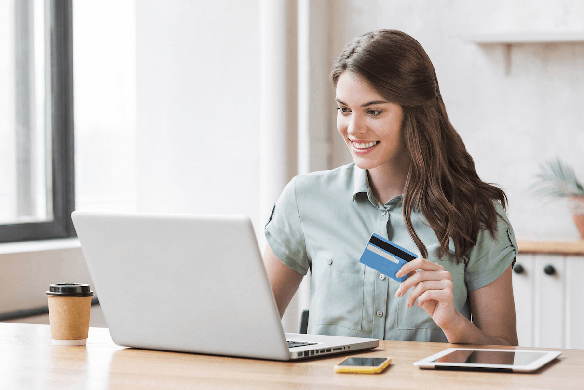Table of contents
This article is for educational purposes and does not constitute legal, financial, or tax advice. For specific advice applicable to your business, please contact a professional.
From depositing checks to checking account balances, digital banking is becoming more commonplace for consumers. According to a 2021 YouGov report, 57% of Americans believe online banking is a safe way to manage their finances online. This same report showed that this confidence was strongest for individuals in the 35- to 44-year-old range.
If you’re considering a digital bank for the first time, here are a few ways to choose a bank with security measures you feel comfortable with.
What makes a digital bank safe?
Federal Deposit Insurance Corporation (FDIC) insurance: You can check to see if your bank is insured by using the FDIC’s BankFind tool. Enter the name of the bank along with a few other details and see if your bank is on the list. FDIC insurance means that the bank is insured up to $250,000 per depositor, bank, and ownership category in the event of a bank failure. If you are a customer of Square Banking, Square Checking and Square Savings are FDIC insured up to $250,000.
Two-factor authentication: Having multiple steps to authentication adds another layer of security to your account. This secondary authentication would come into play after your initial login with a username and password. Examples of multi-factor authentication might include being prompted for a PIN, an email or text message sent to you with a series of numbers to input, or an answer to a security question you filled out when you opened your account.
Real-time alerts: Banking apps can signal if purchases or spending habits are out of the norm. While this is not exclusive to digital banks, it is a feature commonly offered to digital banking customers. Being notified of abnormal activity can help you act more proactively if your account has any fraudulent activity.
A few digital safety tips
According to the FDIC, there are several things you can do to ensure your digital or online bank is legitimate, as well as proactive steps you can take to keep your information safe.
- Use cellular networks or secure internet: Using public Wi-Fi can be risky. While many financial websites and apps encrypt your information before sending it, using an unsecured wireless network can still leave your information exposed. If you are checking your accounts, avoid sending sensitive information over unsecured or unencrypted emails.
- Change your passwords frequently: According to a 2018 Cyclonis survey, 83% of online banking customers use the same password for multiple logins. A good way to lower the risk of hackers getting into your account is to change your online banking passwords every few months. Using longer passwords with a mix of uppercase, lowercase, and special characters can help make a password stronger.
- Invest in virus protection: By downloading reputable antivirus software or using a virtual private network (VPN), you can potentially add another layer of security when you access your financial accounts.
- Keep an eye out for phishing emails: Phishing emails or scams is where a hacker might send you a fraudulent email or message that appears to be from your bank. Make sure to check the email address is from your bank, or better yet, go directly to your banking portal. Banks will not ask for passwords, Social Security numbers, or full credit card numbers over email.
Square, Inc. is a financial services provider, not a bank. Banking services are provided by Sutton Bank and Square Financial Services, Inc., Members FDIC.
![]()











